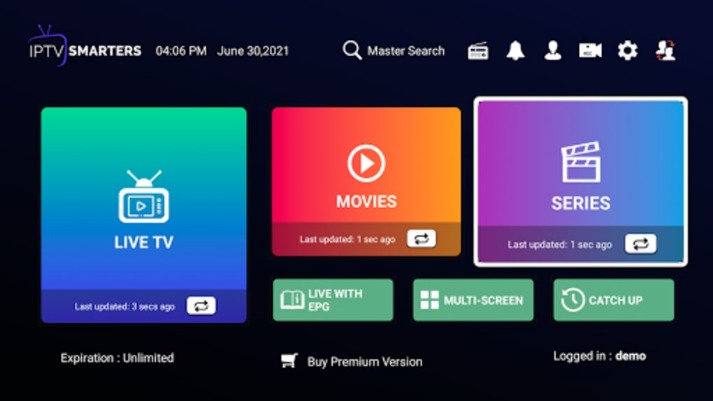You need to find an app that is easy to use and reliable, but you also need to make sure that it meets the specific needs of your business. Effective employee scheduling is essential in industries where shift and hourly workforces are the lifeblood of operations. Surprisingly, many companies in complex sectors, such as manufacturing and energy, are still wrestling with outdated, manual scheduling processes.
Automated scheduling—a software solution that automates workflows in your business—can solve many of these challenges and improve performance. Most automated scheduling systems overlook integrating the schedules of on-demand workers. Nowsta is the only solution that allows you to manage salaried, hourly, temp, and on-demand workers in a single integrated system. Manual processes cause disorganization when it comes to managing employees’ schedules. Assigning, changing, and reassigning tasks manually can lead to mistakes and misunderstandings. Such an approach to scheduling keeps everyone informed and ensures there will be fewer mistakes.
Step 3: Know Your Scheduling Rules
Having employee data in one place allows managers to leverage the right skills and people for the right tasks and can help the business itself run smoother with minimal effort required. More than just an easier way to create and share schedules, your scheduling solution can improve morale and boost your performance management culture.
The first option includes setting up your own app development department; however, setting up a department comes with a lot of expenses, and it is not considered a feasible option. Making your new team aware of your expectations can also be a difficult task. As your scheduling system will contain sensitive information, it’s essential to make sure you choose a provider that offers the highest level of data security. Employees trust their employers with lots of personal information, from their contact details to their bank account. In turn, they want to know sensitive data is kept safe at work, which means businesses need to prioritise data security. Business owners regularly have to make hard decisions to protect their company’s future growth. Using a scheduling platform can help inform those decisions using data.
Ready to Develop Your Employee Scheduling App with Matellio?
But, when done correctly, it can increase productivity and communication between mobile service providers and administrative staff. You will always have employee turnover, but a high turnover rate can be a problem for any company. One of the ways you can reduce the turnover rate and increase retention is by managing the schedule efficiently. Over half of shift workers think they should have more notice when they are needed. A consistent schedule that considers employees’ needs may give them a reason to stay and improve their performance. These days, companies use a mix of manual processes and semi-automated tools. Many companies use several tools for employee scheduling, which complicates their operations.
Now that we’ve completed the stack of features, platforms, and technology, we can continue to design and test the employee scheduling application. The design of the user interface is the first thing a customer encounters when using your application.
Software Is The Key To Solving Scheduling Issues
Read more about Employee Experience here.
For businesses, this meant dramatically more choice and the ability to find software tailored to their needs. Options range from free basic tools up to comprehensive enterprise solutions. And with most offering free trials, it’s easy to test different options. The cloud made sophisticated scheduling software not only accessible, but also customizable. Businesses today have more flexibility and control over their scheduling than ever before. They gave businesses an automated way to keep track of employee availability, schedule shifts, and optimize the whole scheduling process.








